Six factors that contribute to your physical strength and how to include them in your yoga practice
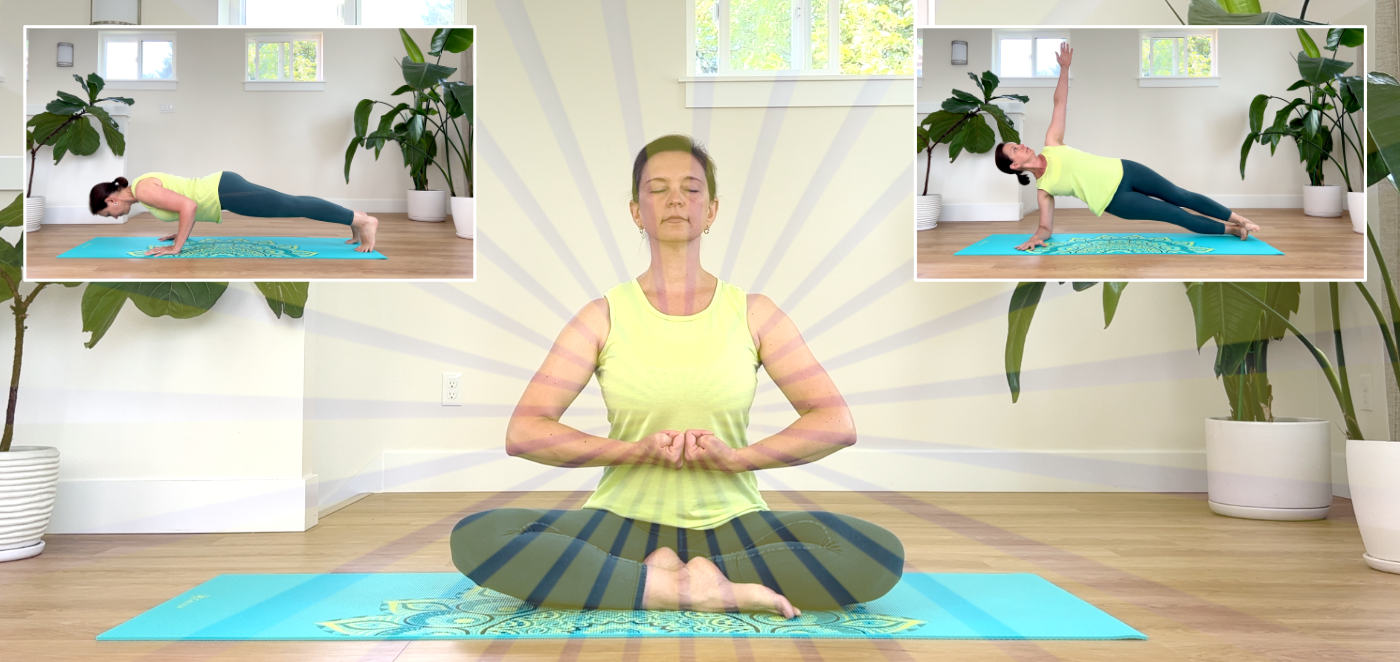
Do you want to feel stronger and more stable? How do you get there? The answer might seem obvious – if you want a stronger body, strengthen your muscles. Lift some weights, do some squats, pushups, or planks, and you are done. And it is true – challenging our muscles to tone them will increase your muscular strength – that’s why they call it “strength training .”Yet this is just a small part of the equation. Stronger muscles don’t work in isolation; they rely on the framework of your skeleton to perform their task of moving the body. Here is what we need to have a strong, capable body:
- Strong skeleton. Your skeleton is a fascinating structure that creates the body’s framework, provides structural support, and enables you to move. To provide structural support, your skeleton needs to be strong and stable. Your bones respond to stresses that are placed on them. Gravity and muscular stimulus are the two most important forces that strengthen the bones. Weight-bearing activities and general muscular strengthening are beneficial. During a yoga practice, you might bear weight on your feet, knees, hands, and sometimes even head, which helps to strengthen your bones.
- Supple spine. The spine is the central component of the skeleton. It is responsible for balanced weight distribution during any physical activity. It also encloses and protects the spinal cord – a bundle of nerves that controls all movement and organ function. There are many advantages of having a supple and flexible spine. Joseph Pilates put it best: “You are only as old as your spine. If your spine is inflexibly stiff at 30, you are old; if it is completely flexible at 60, you are young!!!” In yoga practice, we take the spine through the full range of motion with forward bends, backbends, lateral bends, twists, and axial extension postures.
- Supportive core. Strong core muscles that work together make any movement you engage in more stable and powerful; it also helps protect other joints (especially the shoulders) from overuse. In yoga, we initiate the movement from the center to make it potent and to link separate body parts into an integrated whole. We do it by focusing our attention, becoming aware of the breath in the center of the body, using the breath to animate the spine, and then mobilizing the spine by initiating every movement from the center.
- Stable joints. Ligaments are bands of connective tissue that connect bone to bone. Their job is to support, strengthen and stabilize the joint. If your ligaments are unstable, you will need to find that stability elsewhere, and your muscles will have to carry that burden, even though it is not their job. In our yoga practice, we avoid stretching the ligaments and instead focus on building strong support structures around them.
- Integration between parts. Many body parts have to work together to achieve a common goal. If some parts are not able to do that for whatever reason, other parts have to work extra hard, and the integrity of the whole structure can become compromised. In our yoga practice, we need to ensure that different body parts stack properly on top of each other and work well together. This is particularly relevant for postural structures. When postural muscles are strong and supple, it reduces the load on the entire body and helps it function better mechanically and physiologically.
- Sense of balance. It doesn’t matter how strong you are if you feel unstable and unbalanced. The only way to train balance is to practice maintaining equilibrium on a progressively smaller base, both in static positions and in motion. In our yoga practice, we can use static and dynamic balancing postures to help improve overall structural integration and the sense of strength and stability.
To summarize, to have a strong body, we need a supple spine, stable skeletal structure, supportive core, toned muscles, and stable joints, all linked together in an integrative way and balanced within gravitational pull. Check out these short Yoga Boosts for Strength short practices that you can easily fit into your day. You can do one of them in the morning to get yourself going or at any point during the day when you want to feel stronger and more aligned. They are meant to strengthen your body, engage your core, and connect you to your inner source of strength.
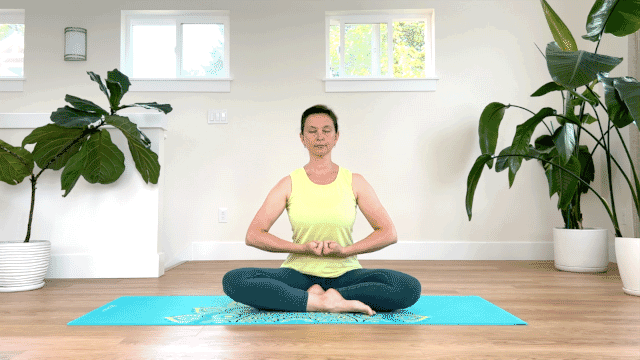
Each Yoga Boost for Strength will have a predictable structure:
- We will start with three deep breaths and simple arm sweeps to center ourselves and get grounded.
- We will continue with 4-5 strengthening body movements that target a specific area, followed by simple stretching to release any built-up tension.
- After movement, you will do a short breathing practice to center and energize yourself.
- We will finish with a short focusing exercise and strength-building mudra meant to recenter your mind and connect you to the source of your inner power.
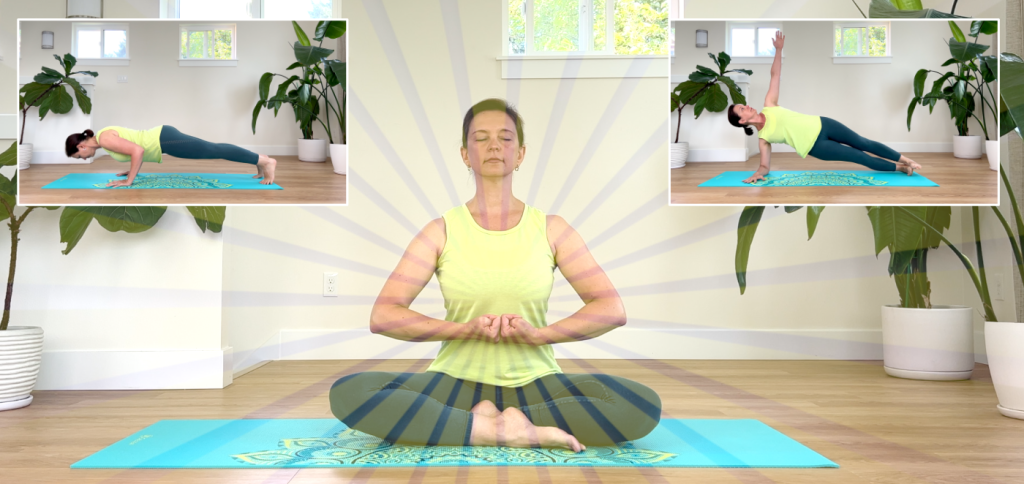
Yoga Boosts for Strength are meant to help you reawaken different parts of your body, build their strength and improve integration with other parts.

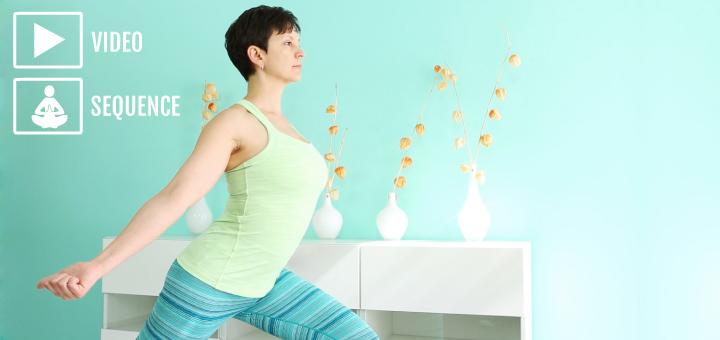
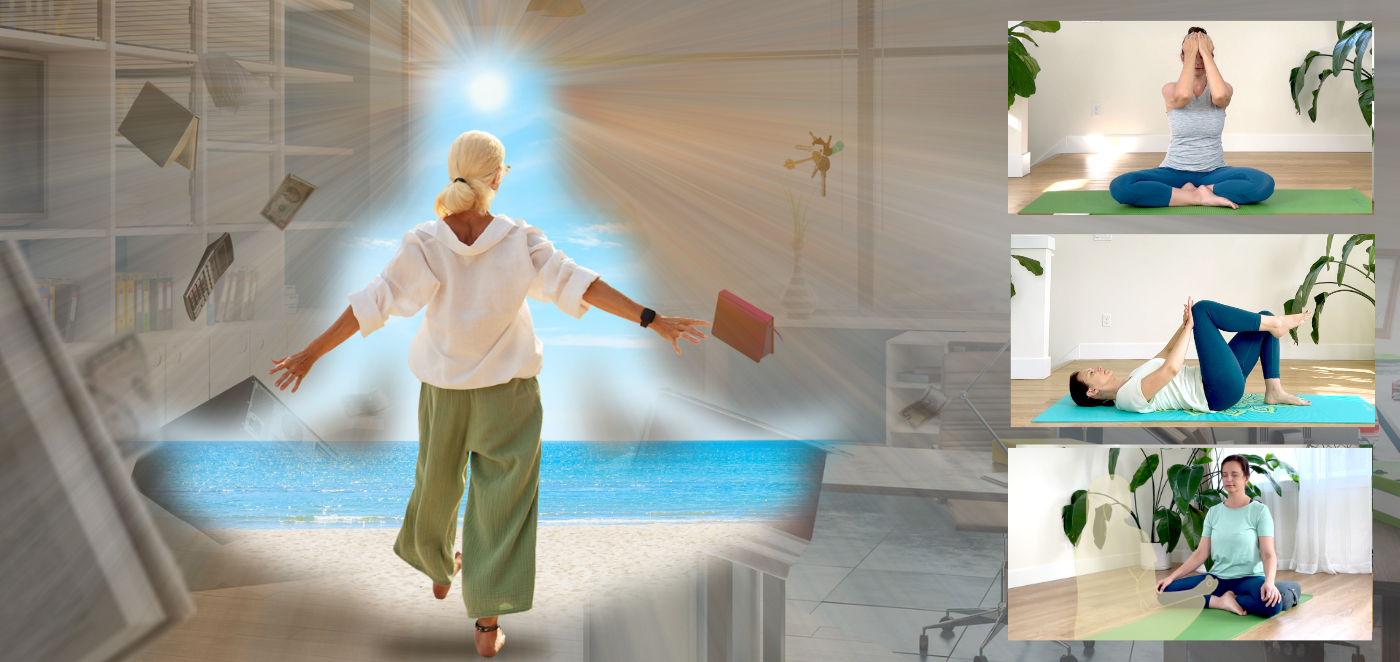







This strengthening series sounds great! It is just what I have been looking for.
Dear Olga
I appreciate your supportive practices and articles which are great reminders of how we need to design and teach yoga with all of the tools available to us. Thank you. Keep up your good work – it touches lives.
Namaste, Debby
Thank you Olga. I think you’re wonderful.
So true. Doesn’t have to be complicated. Simple, easy, and consistent. Thanks always Olga
I am dubious about ligaments being significant in maintaining and developing strength? I am unclear whether ligaments can be stretched? My sense is ligaments are predominantly inert structures that cannot change. They do provide support but the strength comes from the other aspects that are described in the article. However, it seems to me that everything around a joint is providing for stability by preventing unnecessary movement. So as well as ligaments, fascia, aponeuroses, tendons, bursae, nerves, arteries and veins might add to stability, even if the contribution is minuscule by preventing unnecessary movement?
I found the article very clear and useful but this aspect concerning ligaments stood out as questionable.